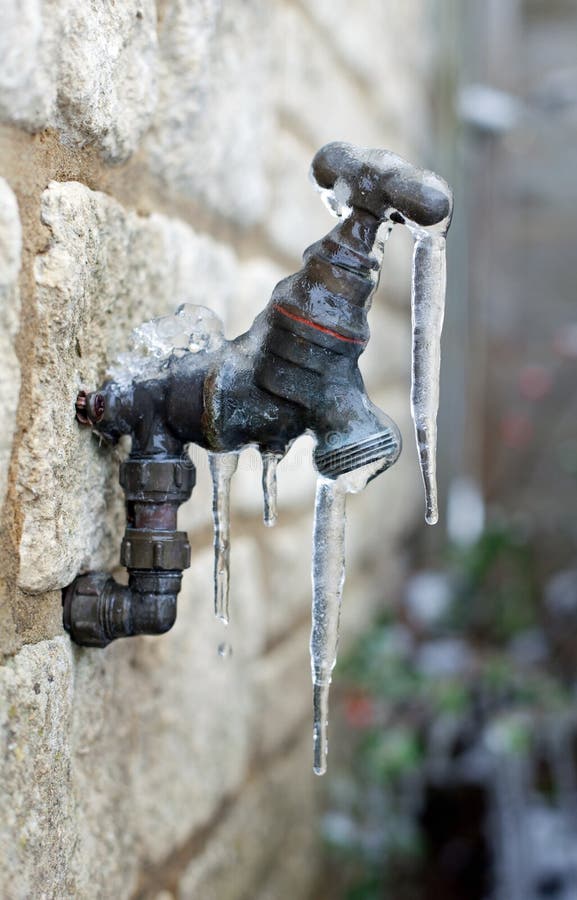The publisher is making several good observations about How to prepare your home plumbing for winter weather as a whole in the article underneath.

Cold weather can damage your pipes, particularly by freezing pipes. Below's how to prevent it from occurring and what to do if it does.
Intro
As temperature levels drop, the risk of frozen pipes boosts, possibly bring about pricey repairs and water damages. Understanding how to stop icy pipelines is critical for homeowners in cool environments.
Comprehending Frozen Pipes
What creates pipelines to freeze?
Pipes ice up when subjected to temperatures listed below 32 ° F (0 ° C) for extended durations. As water inside the pipelines ices up, it increases, taxing the pipe walls and possibly triggering them to burst.
Risks and problems
Frozen pipelines can cause water supply interruptions, residential property damages, and pricey repairs. Ruptured pipelines can flood homes and cause considerable architectural damage.
Indications of Frozen Water Lines
Recognizing frozen pipes early can prevent them from rupturing.
Exactly how to recognize icy pipelines
Seek lowered water circulation from taps, uncommon smells or sounds from pipelines, and visible frost on subjected pipes.
Prevention Tips
Insulating vulnerable pipelines
Cover pipes in insulation sleeves or use heat tape to shield them from freezing temperature levels. Focus on pipes in unheated or exterior locations of the home.
Heating techniques
Maintain interior rooms adequately warmed, especially locations with plumbing. Open up cabinet doors to permit warm air to distribute around pipelines under sinks.
Protecting Outdoor Pipes
Yard hose pipes and outside faucets
Detach and drain pipes yard hoses before wintertime. Install frost-proof faucets or cover outside taps with protected caps.
What to Do If Your Pipelines Freeze
Immediate actions to take
If you believe frozen pipelines, maintain faucets open up to ease stress as the ice thaws. Use a hairdryer or towels taken in warm water to thaw pipes slowly.
Long-Term Solutions
Structural changes
Consider rerouting pipes away from exterior wall surfaces or unheated areas. Add extra insulation to attics, cellars, and crawl spaces.
Upgrading insulation
Purchase top quality insulation for pipes, attic rooms, and walls. Appropriate insulation assists preserve constant temperatures and decreases the risk of frozen pipelines.
Final thought
Stopping frozen pipes calls for positive measures and fast actions. By understanding the reasons, indicators, and safety nets, homeowners can protect their pipes throughout cold weather.
5 Ways to Prevent Frozen Pipes
Drain Outdoor Faucets and Disconnect Hoses
First, close the shut-off valve that controls the flow of water in the pipe to your outdoor faucet. Then, head outside to disconnect and drain your hose and open the outdoor faucet to allow the water to completely drain out of the line. Turn off the faucet when done. Finally, head back to the shut-off valve and drain the remaining water inside the pipe into a bucket or container. Additionally, if you have a home irrigation system, you should consider hiring an expert to clear the system of water each year.
Insulate Pipes
One of the best and most cost-effective methods for preventing frozen water pipes is to wrap your pipes with insulation. This is especially important for areas in your home that aren’t exposed to heat, such as an attic. We suggest using foam sleeves, which can typically be found at your local hardware store.
Keep Heat Running at 65
Your pipes are located inside your walls, and the temperature there is much colder than the rest of the house. To prevent your pipes from freezing, The Insurance Information Institute suggests that you keep your home heated to at least 65 degrees, even when traveling. You may want to invest in smart devices that can keep an eye on the temperature in your home while you’re away.
Leave Water Dripping
Moving water — even a small trickle — can prevent ice from forming inside your pipes. When freezing temps are imminent, start a drip of water from all faucets that serve exposed pipes. Leaving a few faucets running will also help relieve pressure inside the pipes and help prevent a rupture if the water inside freezes.
Open Cupboard Doors
Warm your kitchen and bathroom pipes by opening cupboards and vanities. You should also leave your interior doors ajar to help warm air circulate evenly throughout your home.

I discovered that piece of writing on Prevent Frozen Pipes when doing a search on the search engines. Feel free to take a moment to share this write-up if you enjoyed it. Many thanks for your time. Come back soon.
Article